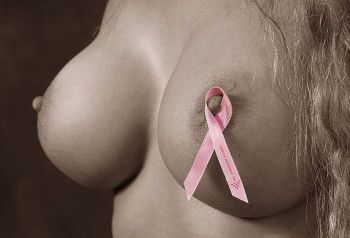Wedding Dress Bra Inserts & Breast Enhancers – Feel Confident on Your Big Day
Posted on
Wedding Dress Ready: The Secret Helpers Under Your Gown
Finding the dress is a huge moment — whether it’s for your wedding day, a civil ceremony, or another celebration of love. But once you’ve found the perfect dress, it’s completely normal to want a little extra support or shape underneath. That’s where my range of breast enhancers and bra inserts comes in.
Over the years, I’ve helped countless brides (and bridesmaids!) feel more confident and comfortable in their dresses — especially when dealing with low necklines, tricky strapless styles, or just needing a better balance or silhouette. My enhancers are designed to lift, boost, or shape depending on what you need — without compromising comfort or elegance.
Why My Bra Inserts Are Ideal for Bridalwear
-
Invisible under dresses: No visible edges or harsh shapes, just a smooth, natural curve. Most styles sit inside your bra, but some can be taped directly to the skin or your dress using my Boobylicious Tape.
-
Customisable options: With 12 different styles to choose from, there’s something for every cup size, dress style, and body shape. Whether you’re after a subtle lift or full-on wow factor, you’ll find a match.
-
Great for non-standard sizing: If your bust is asymmetrical or your body doesn’t fit mainstream sizing, I’ve got you covered — literally. These are for real people with real bodies.
Wedding Dresses Don’t Always Work with Bras
One of the most common issues I hear from brides is that their dress doesn’t work with a standard bra — whether that’s because it’s strapless, has an open back, or the fabric is too fine. This can leave you with less support than you’d like, and often a bit of a gap between your bust and the dress.
Because wedding dresses are usually structured to skim rather than cling, it’s often necessary to go up a size in enhancer or insert to fill the space and get the lift or cleavage you want. This is totally normal — especially if the dress doesn’t compress the bust or has built-in padding that needs balancing.
In some cases, the seamstress may have done all the alterations possible, but there’s still a visible gap at the bust. Or the dress simply won’t allow for any more adjustment. That’s when going even bigger with the enhancer can help bridge that gap and give the illusion of a perfect fit. If that’s you — don’t worry. Just get in touch and I’ll help you find the right solution.
Not Sure What You Need? I Can Help.
Weddings are stressful enough without worrying about what’s going on under your dress. So, if you're not sure which style is best, I’m always happy to help. Just pop me a message with a few details about your dress and what you’re hoping to achieve, and I’ll point you to the best options.
You can also order with peace of mind — discreet packaging, fast delivery, and a return policy that gives you time to try your enhancers or bra inserts out before the big day.
Top Picks for Brides
-
Style 6 – Bust Boosters: Ergonomic, versatile, and a great all-rounder for shaping under structured dresses.
-
Style 5 – Cleavage Creators: Perfect for side shaping in dresses with plunging necklines.
-
Style 7 – Killer Cleavage Creator: For a bigger impact if your dress needs more shape.
-
Style 9a or 9b – Every Girl’s Best Friend / Mega Boost: My most popular bridal options — oval-shaped, high-boost, and optional nipple for a fuller silhouette.
All of these can be paired with Boobylicious Tape for extra security, especially useful in strapless or sheer dresses.
Whatever your style, shape or gender identity — you deserve to feel your most confident self on your wedding day. And I’m here to help make that happen, with a little silicone magic and a lot of care.
“Confidence isn’t about being perfect — it’s about feeling ready for the moments that matter.”




